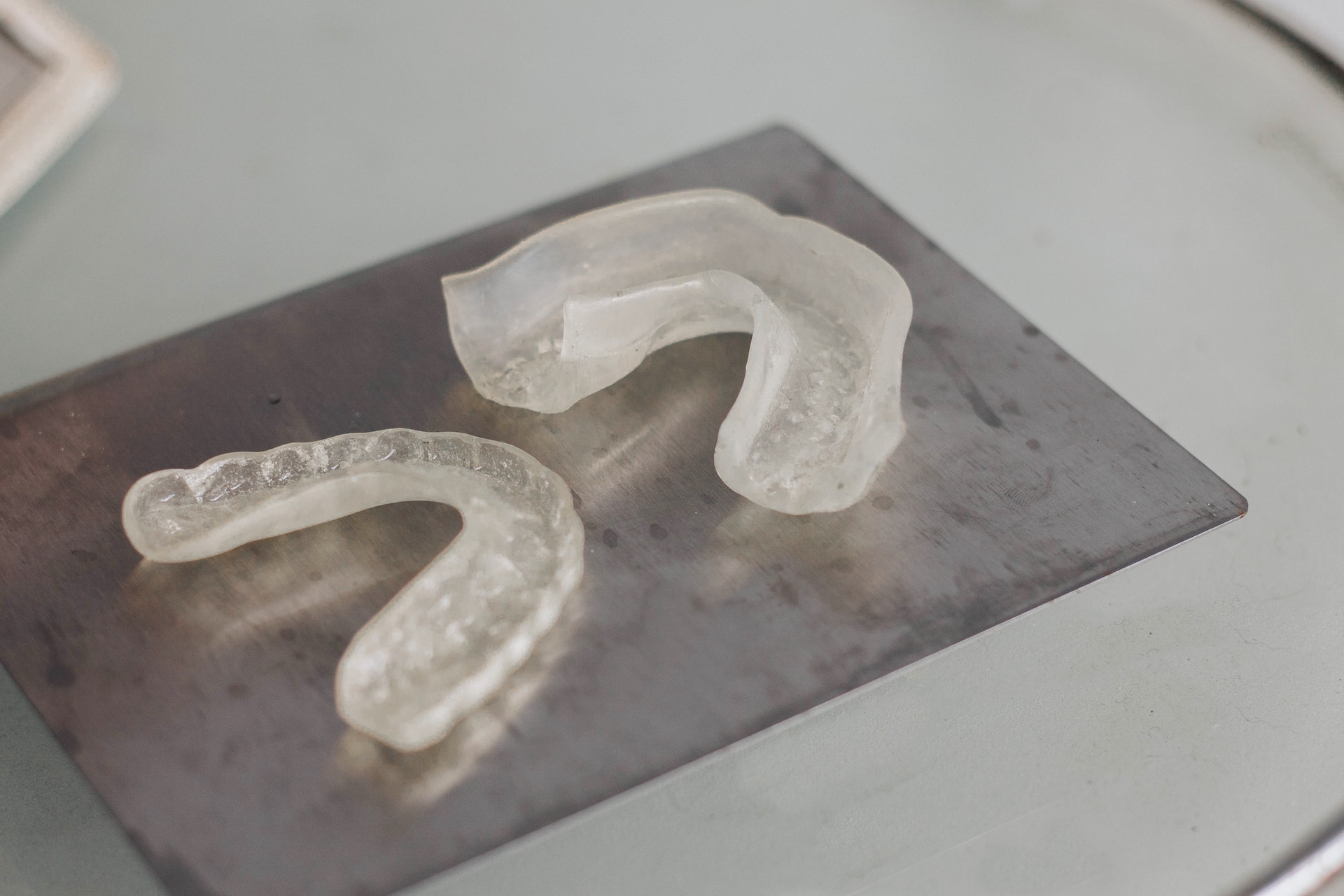Waterloo’s dentistry sector is a thriving hub of oral healthcare innovation, where cutting-edge research and advanced clinical practices converge to promote optimal dental well-being for the community. Renowned for its interdisciplinary approach, the region fosters a collaborative environment that shapes the future of dental care.
When the absence of a tooth disrupts the harmony of smiles of the beautiful people of Waterloo, dental bridges emerge as silent heroes. They bridge physical gaps and restore the balance that missing teeth leave behind. The journey to a complete smile isn’t merely cosmetic—it’s a symphony of oral health, and such devices installed by your Waterloo Dentist play a pivotal role in this harmonious restoration.
Its Role
The human bite is a delicate balance, a synchrony of forces that relies on each tooth playing its part. When a tooth goes missing, this equilibrium is thrown off-kilter, impacting aesthetics and the functionality of the entire oral structure. A dental bridge comes to the rescue, anchoring the smile’s visual and functional harmony.
Its Anatomy
A dental bridge embodies unity, connecting natural teeth with artificial ones to recreate a seamless arc. The bridge consists of two fundamental components: the abutment teeth, which provide stability and support, and the pontic, the replacement tooth that fills the gap. Together, they form an integrated structure that functions as a single unit, reestablishing the missing link in the teeth lineup.
The Functional Significance
While the visual aspect of tooth restoration is undeniable, the functional significance of bridges cannot be understated. A missing tooth isn’t just a visual gap; it affects how you bite, chew, and speak. The devices restore the mechanics of oral function, enabling you to savor meals, articulate words, and smile confidently.
Preventing Complications
The absence of a tooth can set in motion a series of oral health complications. Adjacent teeth might start to shift, causing misalignment and bite issues. Additionally, the exposed gum area is susceptible to infections and decay. Dental bridges prevent neighbouring teeth from wandering astray by occupying the gap and protecting the vulnerable gum tissue.
Suitable for All Ages
Dental bridges are not confined to a particular age group; they are a solution that spans generations. Whether a missing tooth results from trauma, decay, or age-related factors, they offer a versatile remedy. They are precious for individuals who might not be implant candidates due to bone density issues.
Crafting and Fitting Bridges
The creation of a dental bridge is an art that demands precision and collaboration. The process typically involves a couple of appointments. The abutment teeth are prepared during the first visit by removing a little portion of the enamel. Impressions are taken to ensure the bridge’s perfect fit, and a temporary bridge might be placed while the final restoration is being crafted. Once ready, the permanent bridge is affixed, restoring both function and aesthetics.
Caring for Them
Caring for dental bridges isn’t a cumbersome task; it’s a commitment that ensures their longevity. Regular oral hygiene practices are vital to prevent plaque buildup and maintain the health of the supporting teeth and gums. Routine visits to the dentist further enhance the preservation of your bridge.
Consulting Your Dentist
The decision to opt for a bridge isn’t one to be navigated alone. Your dentist’s expertise is an invaluable guide. Your Waterloo Dentist will determine whether a dental bridge is optimal by comprehensively evaluating your oral health, bite alignment, and individual preferences.
Conclusion
As you embark on your journey to tooth restoration, remember that dental bridges stand as the architects of equilibrium—a testament to the art of bridging the gap between the physical and the aesthetic, health, and radiance.



